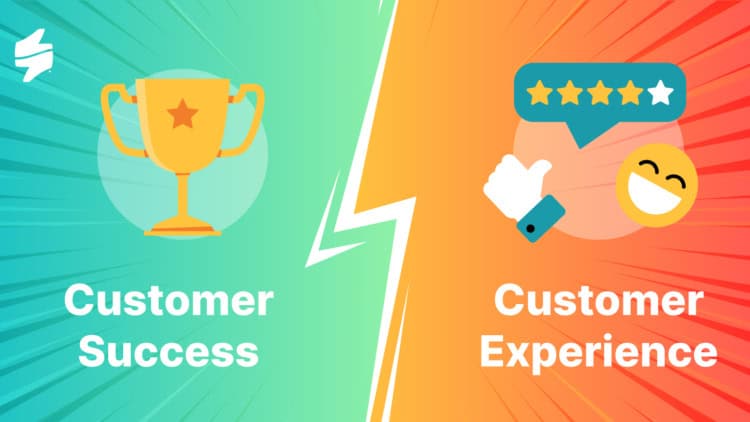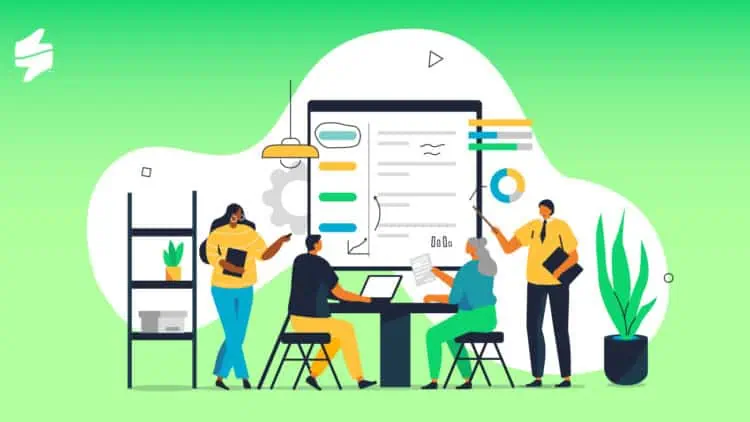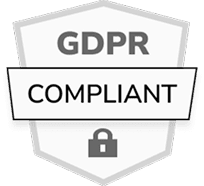If a business wants to be successful, it can’t afford to treat all customers the same. Personalisation, relevance, and targeted strategies are now key to building long-lasting customer relationships and driving business success. One of the most effective ways to achieve this is through customer segmentation. But what is customer segmentation, how can it be done effectively, and what are some of the best customer segmentation tools in the market today? This comprehensive guide has the answers.
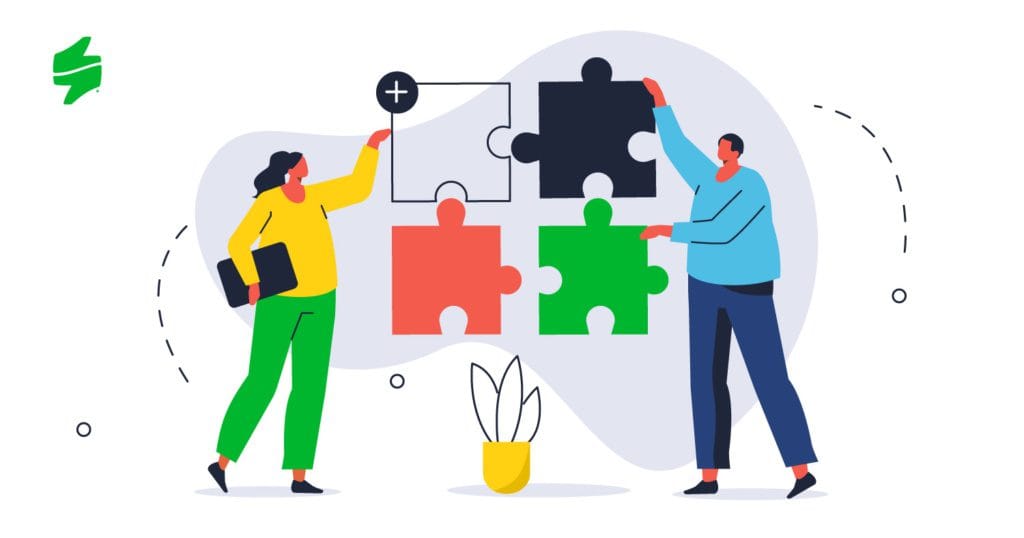
What Is Customer Segmentation?
Customer segmentation is the process of dividing a company’s customer base into distinct groups, or segments, based on shared characteristics. These characteristics can be demographic (age, gender), geographic (location), psychographic (lifestyle, interests), or behavioural (purchase history, engagement level).
Segmenting customers allows businesses to tailor their marketing, sales, and service strategies to each group’s unique needs and preferences. This, in turn, enhances customer experience (CX) and builds customer loyalty.
Why Is Customer Segmentation Important?
If your company wants to improve customer experience management (CEM) or optimise your CRM strategies, understanding why customer segmentation is important is essential. Segmentation enables you to:
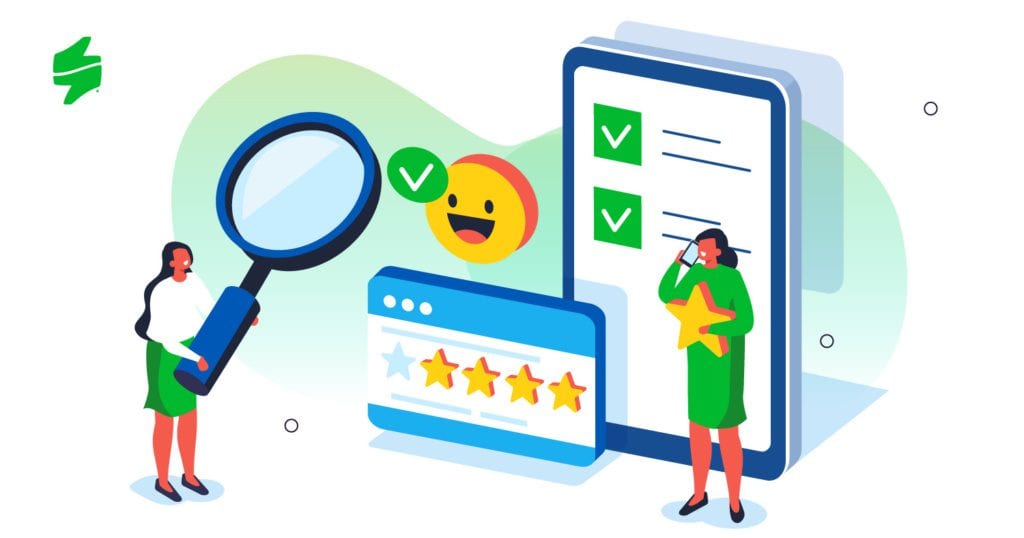
1. Personalised Communication
Delivering the right message to the right customer at the right time increases engagement and conversion rates. Now, with the integration of Staffino and CareCloud, you can personalise your marketing communication like never before based on customer sentiment, feedback, and purchase history.
2. Improved Customer Retention
By understanding customer needs, you can provide better support and foster long-term relationships.
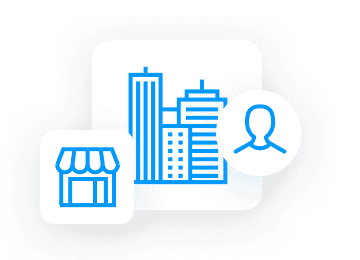
Retain Customers and Increase Profits!
Make sure your customer relationships don't slip away with Staffino's Retention Case Monitoring. This easy-to-use tool gives you the power to maximise customer retention and boost loyalty.
3. Enhanced Customer Satisfaction
Targeted initiatives based on customer segments lead to improved customer satisfaction survey results.
4. Optimised Resources
Direct marketing and customer service efforts where they have the most impact, reducing waste and increasing ROCX, or, the return on customer experience.
5. Developing New Products and Services
Last but not least, customer segmentation insights can highlight unmet needs and inspire innovation.
In essence, customer segmentation helps bridge the gap between customer service and relationship management, ensuring businesses address both immediate support issues and long-term relational strategies.
The Benefits of Customer Segmentation
Understanding the benefits of customer segmentation can clarify why this practice should be a priority for every CX leader:
1. Better Customer Understanding
Segmenting customers provides a deeper insight into their behaviours and preferences. This helps teams predict future actions and needs, a crucial step in proactive customer experience management.
2. Increased Customer Loyalty

Personalised experiences create emotional connections. When customers feel understood and valued, they are more likely to remain loyal.
3. More Effective Marketing Campaigns
Segmentation allows marketers to craft messages that resonate with specific groups, making campaigns more impactful and reducing customer churn.
4. Improved Product Development
By analysing segmented customer data, businesses can identify trends and gaps, allowing them to design products and services that better meet customer expectations.
5. Stronger Customer Relationships

Targeted strategies help businesses foster stronger bonds, which enhances customer service vs customer relations outcomes by aligning both short-term service and long-term relationship goals.
How to Do Customer Segmentation in 7 Steps
Knowing how to do customer segmentation is just as important as understanding its value. Here’s a practical, step-by-step guide:
1. Define Clear Objectives
Start by identifying what you hope to achieve. Are you improving customer service and relationship management, reducing churn, increasing upsells, or enhancing customer experience?
2. Collect Comprehensive Customer Data
Gather data from multiple touchpoints, such as CRM systems, customer surveys, website analytics, social media, and customer service interactions.
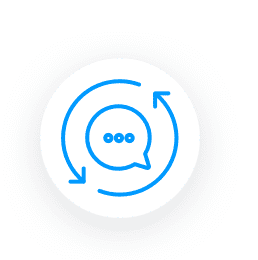
Transform Your Customers' Experiences
Create a bulletproof customer journey with tailored CX products and services that will foster loyalty and reduce churn.
3. Identify Segmentation Criteria
Choose the variables to segment customers. Common criteria include:
- Demographics (age, gender, income)
- Geographics (country, region)
- Psychographics (values, interests)
- Behaviour (purchase history, product usage)
- Engagement levels (support tickets raised, customer loyalty program participation)
4. Create Customer Segments
Use statistical techniques or AI-driven customer feedback tools to group customers with similar attributes. For advanced segmentation, clustering algorithms (like K-means) or decision trees are often effective.

5. Analyse and Profile Each Segment
Understand what defines each segment: their needs, preferences, behaviours, and potential value. This profiling allows teams to tailor strategies accordingly.
6. Develop Tailored Strategies
Craft unique marketing messages, service approaches, and product offerings for each segment. For example, VIP customers might receive exclusive offers, while high-support-need segments may benefit from dedicated service channels.
7. Test and Refine
Implement your strategies and track their success. Collect feedback through client satisfaction surveys and adapt your segmentation approach as customer behaviour evolves.
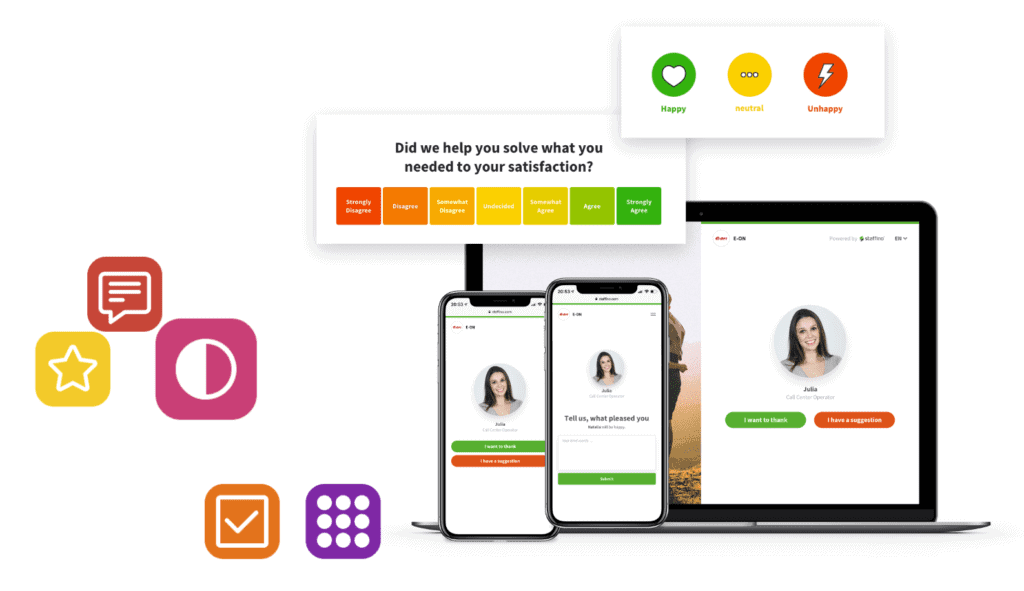
6 Best Customer Segmentation Tools
Utilising specialised tools can streamline the process of customer segmentation, offering insights into customer behaviours and preferences. Whether you’re looking for a free customer segmentation tool or a customer segmentation AI tool, below is an overview of six notable tools, highlighting their functions, advantages, and potential drawbacks.
1. CareCloud CRM (Integrated with Staffino)
CareCloud & Staffino offer a unique feedback-driven CRM integration, which enables you to leverage customer feedback and sentiment to segment customers, resulting in a more personalised, efficient, and impactful customer engagement strategy. It is a great choice for businesses looking for a customer segmentation AI tool that combines CX data and CRM automation to reduce churn and boost loyalty.
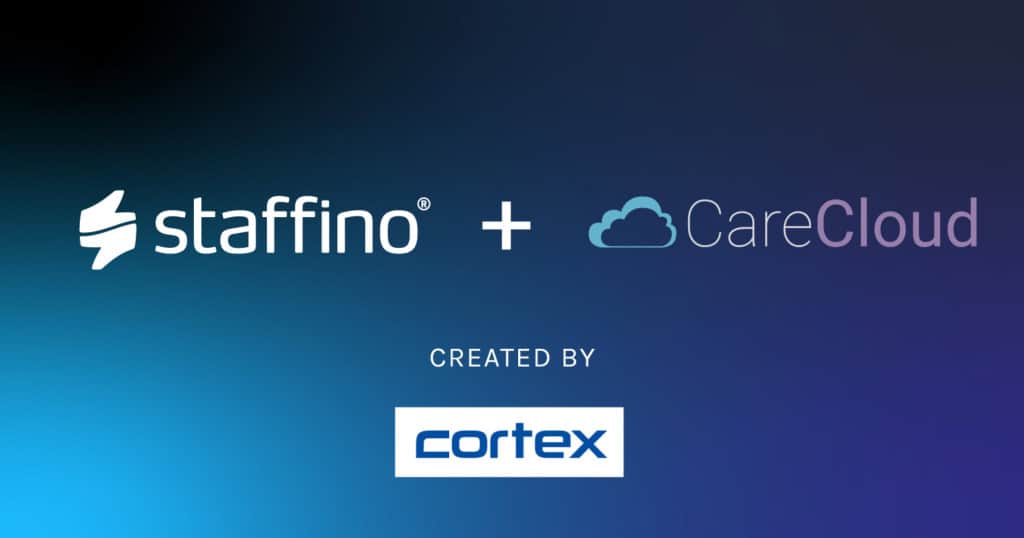
Pros:
- Real-time insights from customer feedback
- Automates segmentation based on sentiment and behaviour
- Seamless integration, no coding required
- Helps automate customer retention management campaigns
Cons:
- Paid solution (pricing depends on business needs)
Read more about the Staffino and CareCloud integration in our blog post.
2. HubSpot CRM
HubSpot CRM is a comprehensive platform that integrates customer relationship management with marketing tools. It offers features like contact management, email marketing, and analytics, enabling businesses to segment customers based on various criteria.
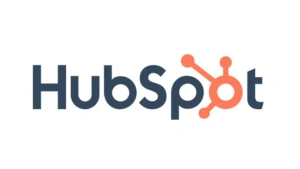
Pros:
- User-friendly interface suitable for businesses of all sizes.
- Offers a free version with essential features if you’re looking for a free customer segmentation tool.
- Seamless integration with other HubSpot tools and third-party applications.
Cons:
- Advanced features may require upgrading to paid plans.
- Customisation options can be limited in the free version.
3. Claritas PRIZM
Claritas PRIZM is a geodemographic segmentation system that classifies U.S. neighbourhoods into distinct segments based on socioeconomic data. This tool helps businesses understand the demographic and lifestyle characteristics of their customers.

Pros:
- Provides detailed insights into consumer behaviours and preferences.
- Assists in targeted marketing campaigns by understanding neighbourhood dynamics.
Cons:
- Primarily focused on U.S. markets, limiting its applicability elsewhere.
- It may require additional data analysis expertise to interpret results effectively.
4. Experian’s Mosaic
Experian’s Mosaic is a global consumer classification system that segments populations based on demographic and lifestyle data. It aids businesses in identifying and targeting specific customer groups.

Pros:
- Covers multiple countries, offering a broad perspective.
- Combines various data sources for comprehensive segmentation.
Cons:
- Access to detailed data may involve significant costs.
- The complexity of data might require specialised knowledge to utilise effectively.
5. CACI’s Acorn
Acorn is a geodemographic segmentation tool that categorises UK neighbourhoods based on current data. It helps businesses understand consumer characteristics for targeted marketing.

Pros:
- Utilises up-to-date data for accurate segmentation.
- Assists in identifying potential markets and customer needs.
Cons:
- Focused on the UK market, limiting global applicability.
- It may require training to interpret and apply data insights effectively.
6. ESRI’s Tapestry
ESRI’s Tapestry classifies U.S. neighbourhoods into market segments based on socioeconomic and demographic factors. It supports businesses in understanding community characteristics for strategic planning.

Pros:
- Offers detailed segmentation for precise targeting.
- Integrates with GIS systems for spatial analysis.
Cons:
- Primarily applicable to U.S. markets.
- Access to comprehensive data may require investment in ESRI’s software suite.
When selecting a customer segmentation tool, it’s essential to consider your business’s specific needs, budget, and the geographic focus of your operations. While free tools like HubSpot CRM provide a solid starting point, specialised tools such as Claritas PRIZM and Experian’s Mosaic offer deeper insights, often at a higher cost. Aligning the tool’s capabilities with your marketing objectives will ensure effective customer segmentation and targeted strategies.
Customer Segmentation in Practice
To illustrate, imagine a telecom company aiming to improve customer relations and customer service. By segmenting customers based on contract value and service usage, they identify high-value customers at risk of churning due to poor service. They implement proactive support strategies, offer personalised deals, and conduct frequent CX surveys to monitor improvements.
This segmentation approach not only reduces churn but strengthens customer relations, balancing transactional support with long-term engagement.
Customer Segmentation: CRM and CEM Perspectives
Understanding customer experience management vs customer relationship management is key to segmentation success.
“While CRM systems focus on managing customer data and interactions like sales or service, CEM emphasises how customers perceive these interactions.”
Ján Gabauer
Expert CX Consultant, Staffino
Effective customer segmentation enhances both:
- Customer Relationship Management (CRM): Leverage segmentation data to automate personalised campaigns and streamline customer service.
- Customer Experience Management (CEM): Use segmentation to design experiences that feel tailored, improving customer satisfaction and loyalty.

Conclusion
Customer segmentation isn’t just a marketing buzzword. It’s a crucial strategy for businesses serious about CX and customer success. Whether your focus is on customer service and relationship management or enhancing customer experience management, segmentation provides the foundation for meaningful, personalised interactions that drive results.
If you haven’t started segmenting your customers yet, now is the time. Your competitors probably already are.

Get a First-Hand Experience Today!
Staffino is the perfect tool for creating engaging surveys, tracking performance, responding to customer feedback, and rewarding top employees. Get started today with our FREE demo!

